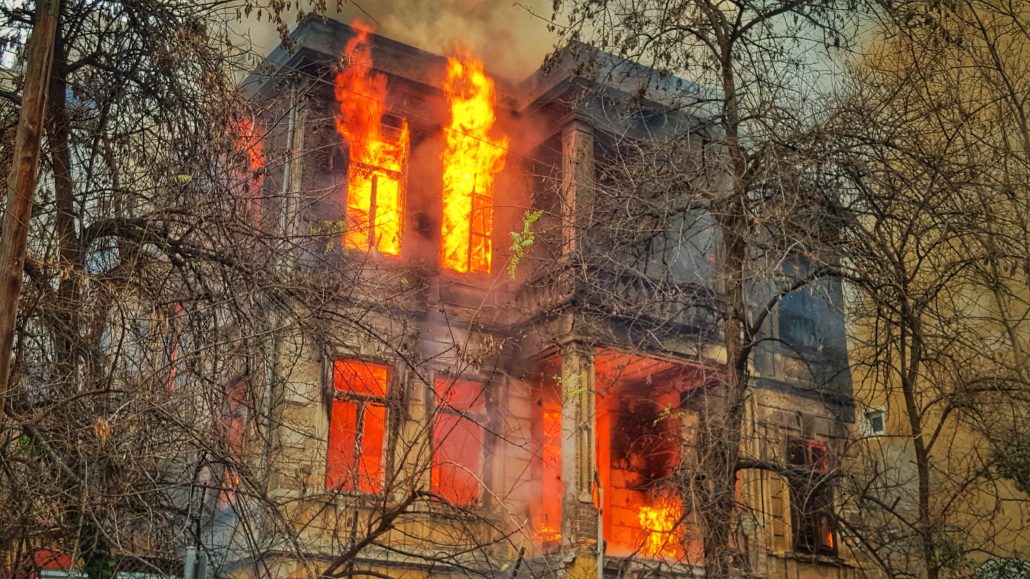
With school canceled for the rest of the year, parents are scrambling to help their kids transition to homeschool life. With plenty of online arithmetic and reading lessons in the future, it’s likely that younger students will have days where they struggle to stay focused and motivated. When that happens, it’s fun to switch things up and learn something totally new. Think of a question you or your kids have always wondered about, and find out the answer! Today, we’re helping you answer the question, “How do smoke detectors work?” If that’s something you’ve always wanted to know, read on!
Two Types of Smoke Detectors
First of all, if you want to know how your home’s smoke detectors work, you’ll have to determine which kind they are. The type that is most commonly found in homes is called an ionization detector. This kind is more common because it’s a little bit cheaper than the alternative. The second type is called an optical smoke detector.
Ionization Smoke Detector
The easiest way to describe the ionization smoke detector is that it’s like a mechanical nose. It basically “smells” smoke and sounds the alarm. This detector has an electrical current running through a chamber inside of it.
As long as the air in a room is clear, this electrical current runs smoothly and knows that all is well. If there’s smoke in a room, however, it enters the smoke detector’s chamber and blocks the electrical current. This signals that something is wrong and the alarm goes off.
Optical Smoke Detector
If the ionization detector works like a nose, the optical detector works like an eye. Inside this type of smoke detector, there are tiny beams of light. These beams are kind of like the crisscrossing laser beams that you’d see in a spy movie. In those movies, if an intruder crosses the beam, an alarm is sounded.
Inside an optical smoke detector, when smoke enters the detector, it blocks these beams from shining. This causes the alarm to sound, letting you know you’re in danger.
Which type is better?
The two types of smoke alarms have different strengths and weaknesses. Ionization alarms are more reliable at alerting you of large, flaming fires. Optical detectors, on the other hand, typically respond faster than ionization alarms in the case of small, smoldering fires. Because of this, it’s a good idea to include both types inside your home.
How long have we had smoke detectors?
The earliest smoke detectors were patented in the late 1800s. They worked a little bit differently than the kind we have today and was a bit like an old-fashioned version of a fire-sprinkler. While smoke detectors were invented more than 100 years ago, they weren’t commonly seen in homes until about 50 years ago. The good news is that since that time, fire alarms have saved countless lives. According to the US National Fire Protection Association (NFPA), the fire death rate in homes with a working smoke alarm is half that of the fire death rate in homes without.
Now that you know how smoke detectors work, it’s important to make sure that yours are functioning properly. With so much extra time spent at home these days, you want to be sure that your home is totally protected from any dangers, including fires.


